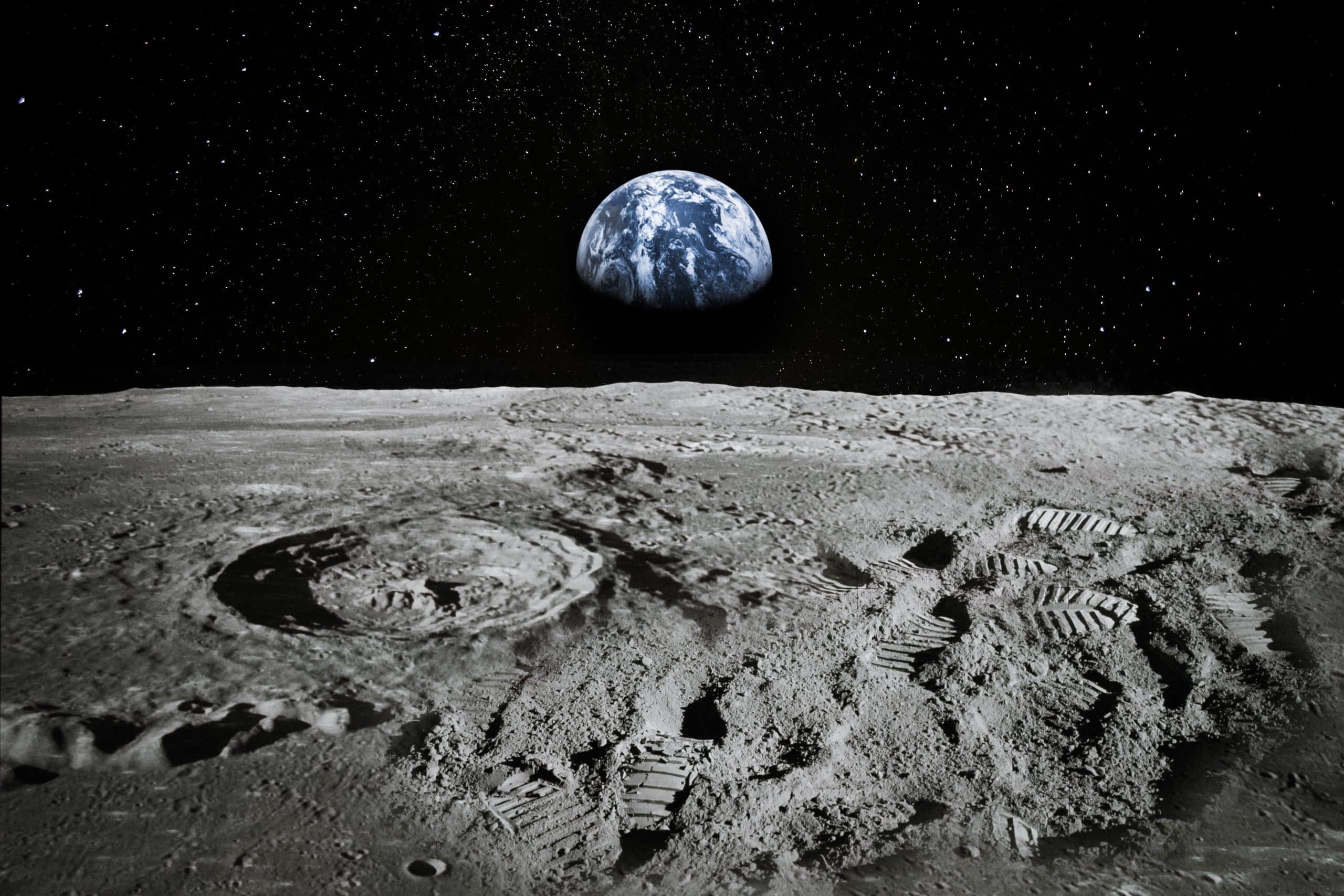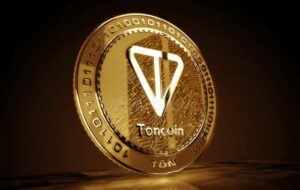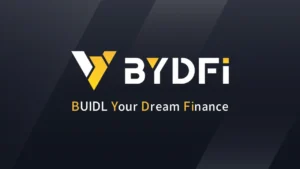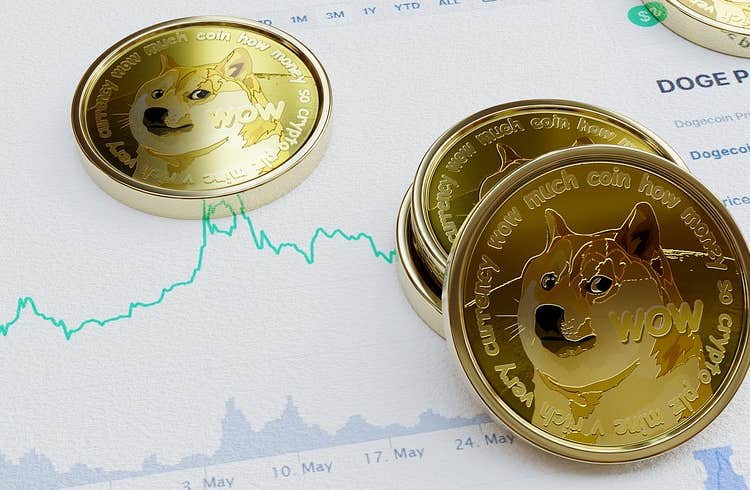The “decentral bank” in focus: How does Terra (LUNA) work?
5 min readTable of Contents
Terra is a decentralized financial network that focuses on stable-value cryptocurrencies (so-called stablecoins). The various stablecoins (e.g. TerraUSD, TerraEUT) are algorithmically covered by the LUNA token. The LUNA token can also be staked and used for voting on protocol changes. An overview of the “decentralized bank” Terra.
Who invented Terra (LUNA)?
Behind Terra is the South Korean start-up Terraform Labs. Terraform Labs was founded in 2018 by Do Kwon and Daniel Shin. Terraform Labs’ investors include VCs Pantera Capital and Coinbase Ventures.
How does Terra work?
Supply and demand determine the price – this principle is enforced in Terra by algorithms. Stablecoins in the Terra network have a dynamic supply that is based on demand. If the demand for a certain stablecoin – for example UST – increases, the amount in circulation is increased so that the target value (USD 1) is restored. If the demand falls, the UST supply is reduced. The lower offer raises the VAT price back to USD 1.
The LUNA token as “collateral”: An example
The LUNA token is used for both processes – the expansion and the downsizing of the Terra offer. An example: Suppose an app decides to introduce UST as a payment option. This would mean that the demand for UST and thus the number of UST transactions would increase. According to the law of the (secondary) market, the UST rate also rises because the UST supply has not yet been adjusted to demand – for example to USD 1.1.
Now we have a problem: As a USD stablecoin, UST is aiming for an exchange rate of 1 USD. Of course, the new UST units cannot go nowhere in order to increase the supply and bring the course back to the target value – after all, the UST must be covered by something. This is where LUNA comes in.
LUNA holders have the option of exchanging 1 LUNA worth 1 USD for a (newly created) VAT. We remember that the UST rate stands at USD 1.1 because of the high demand in the example. This enables LUNA holders to sell the exchanged VAT with an immediate profit of 10 percent. The whole thing also works the other way round: If the UST rate falls below 1 USD, UST holders can exchange 1 UST for LUNA with the equivalent of one USD.
Every time LUNA is exchanged for new Terra Stablecoins, a percentage of the LUNA is destroyed. The rest flows back into the system, more precisely: a community pool that finances the expansion of the ecosystem. The project describes this process as “Seigniorage”- based on the money creation profit of central banks.
Saynora, Seigniorage: Columbus-5 turns on the LUNA stove
On September 9, 2021, Terra will go through an important update with Columbus-5. One of the central innovations is that in Columbus-5, the entire seigniorage is initially destroyed instead of flowing into the community pool. The background for this step was what initially sounds like a luxury problem: the community treasury was simply overcrowded. This is what Terra founder Kwon discovered in March 2020. On Agora, Terra’s governance platform, wrote Kwon:
Due to the rapid generation of seigniorage, too much seigniorage flows into the communal pool and the oracle reward pool, resulting in overfunding […] and this trend is likely to continue unless something is done about it.
Columbus-5 should therefore bring the following changes to Terra’s token economy:
- The Luna economy is simplified in that all fees are used for the use of Luna and are burned when 1 UST Luna to the value of 1 USD is minted.
- The community pool is intended to remain well funded as new distributions will be made when the proposals are in the voting phase while preventing it from becoming overfunded.
- The staking rewards will be attractive but not exorbitant.
What is the maximum LUNA supply?
Unlike the “digital gold” BTC, Luna has no offer cap. This would be impractical in view of the dynamic expansion and contraction of the monetary base in the Terra network. Finally, if necessary, new LUNA tokens have to be “printed” in order to compensate for a contracting stablecoin demand. However, that does not mean that LUNA has runaway inflation. Above all, Columbus-5’s “Burn all Seigniorage” policy will exert deflationary pressure on the LUNA supply – provided the LUNA ecosystem continues to grow.
LUNA Staking: Delegating is (for most) about validating
Transactions in Terra are confirmed by so-called validators. These are operators of special network nodes who have stored (pegged) a large amount of LUNA in the network. You write new blocks in the blockchain and in return receive a staking reward, which (up to Columbus-5) is generated from the seigniorage and the transaction fees. They also participate in the administration of the treasury by voting on proposals for administration. In addition, they serve as a network-internal Oracle, in which they register the exchange rates within the Terra ecosystem and propagate them to the network. The operation of validator nodes requires a high level of technical expertise and hardware requirements and is therefore not for crypto laypeople.
Basically, the higher the LUNA reserve of a validator node, the greater its influence. At the time of writing, there are 130 validators in Terra / Luna. The number is to be increased to 300 in perspective. Anyone who has the know-how and the necessary change can apply as a validator with a special transaction. The network automatically selects the 130 richest addresses as validators.
Smaller wallets can also take part in the staking process; by delegating your LUNA to a validator. As a rule, however, the latter charge a commission that is between 0 and 20 percent of the staking income.
Use cases: Which apps and dApps use Terra (LUNA)?
Chai: 2 million users are already using Terra – whether they know it or not
Terra wants nothing less than to build a global payment network around programmable money. This is to be achieved through the growing commercial adoption of its stablecoins, especially the flagship UST. With the South Korean payment app Chai, Terra has already achieved a major coup in this regard. Chai has 2 million users – and uses Terra in the backend.
Anchor: the better savings account?
With the Anchor Protocol launched in March, the Terra ecosystem has a kind of savings account that gives a return on stablecoin reserves. At the time of writing, for example, investors receive an impressive 20 percent (annualized) on VAT, which they deposit in the Anchor dApp.
Mirror Protocol: Synthetic Assets on Terra
Terra can also do DeFi: You can see that not only in Anchor, but also in the Mirror Protocol. This is a platform for synthetic assets. These are tokens that represent real values (such as an inverted oil price or a share). These so-called mAssets must be over-collateralised before they are created. For example, to create a mAsset that represents a $ 10 share, Terra Stablecoins (optionally also other mAssets) worth $ 15 must be deposited.







